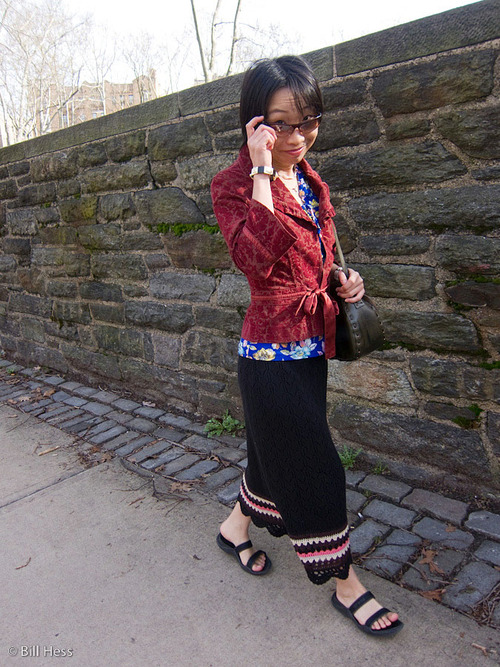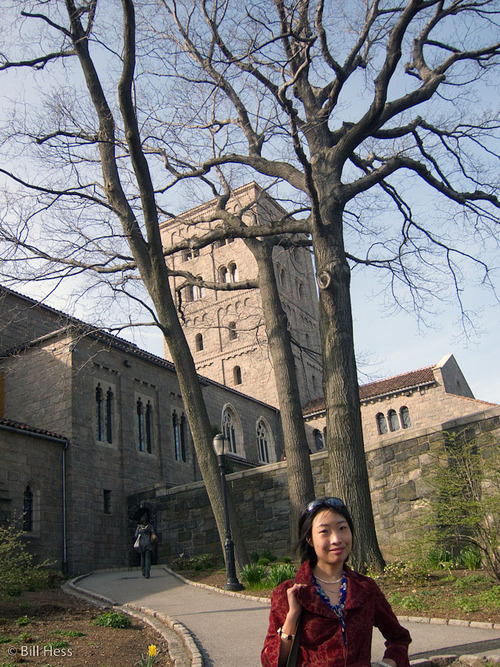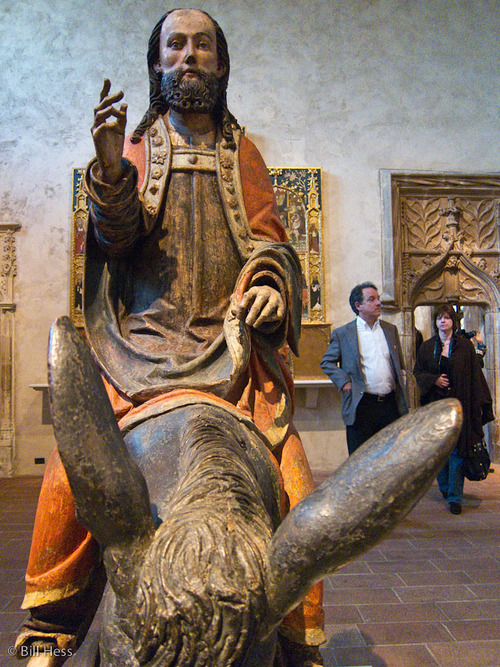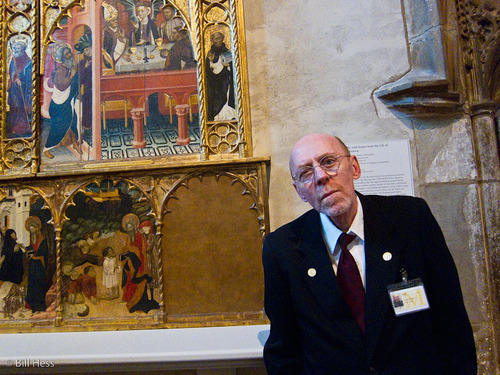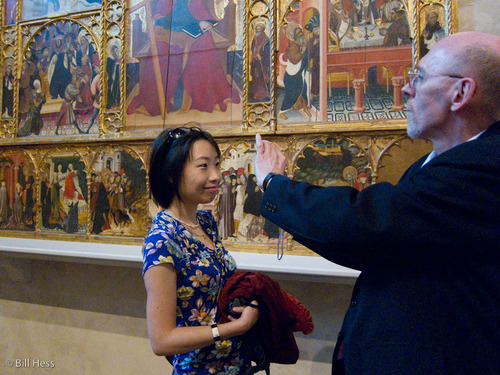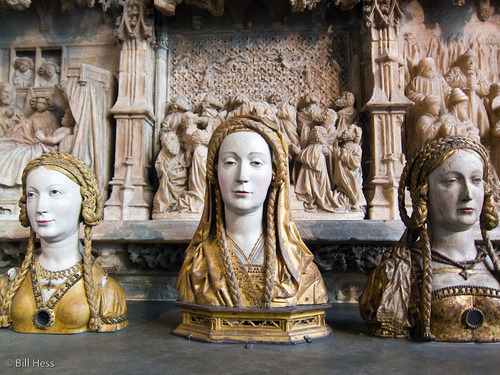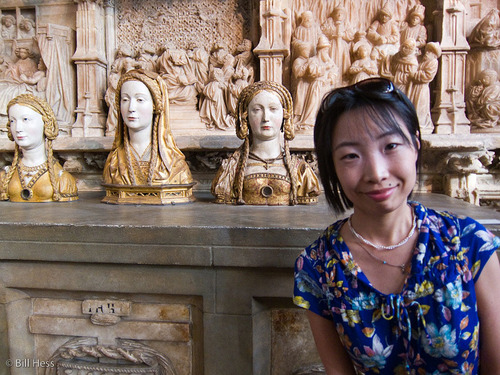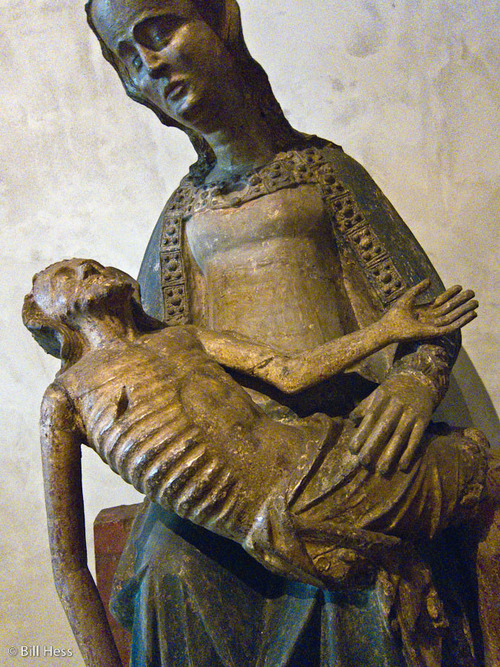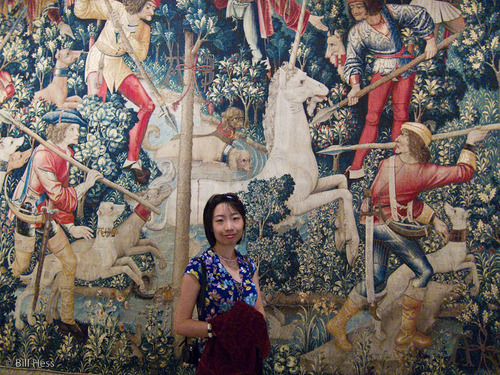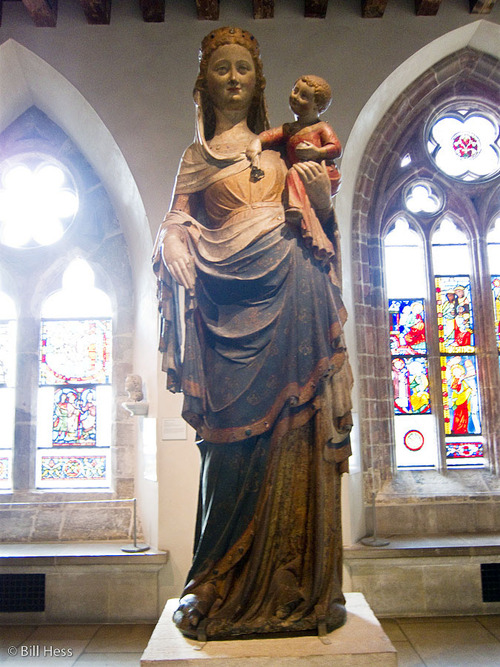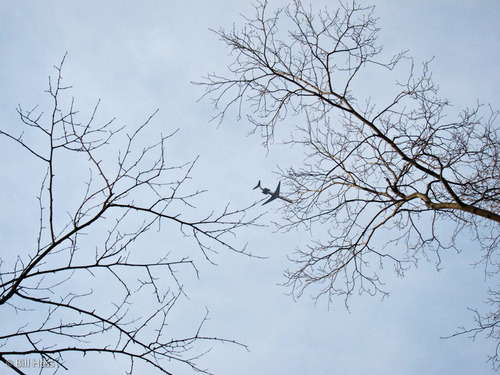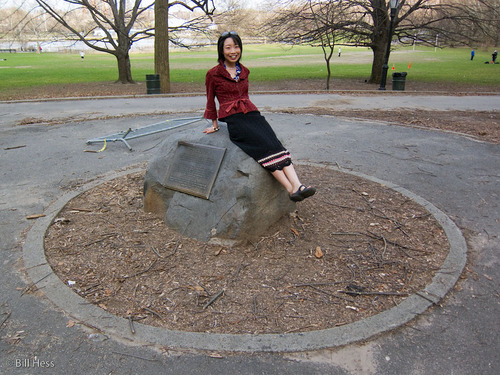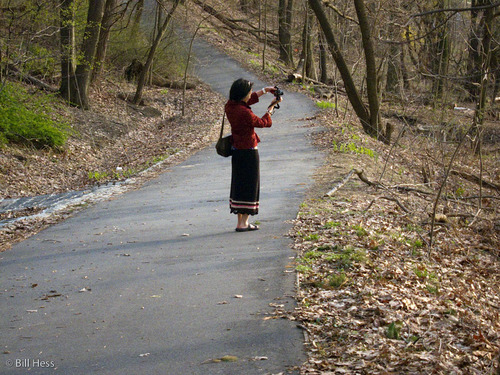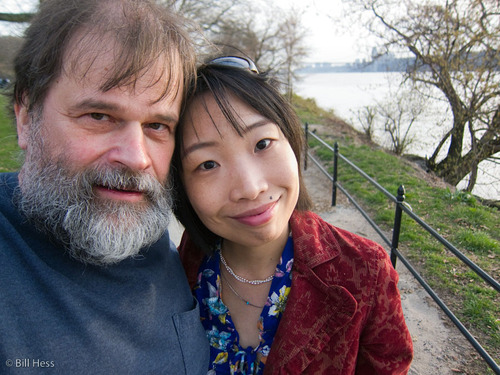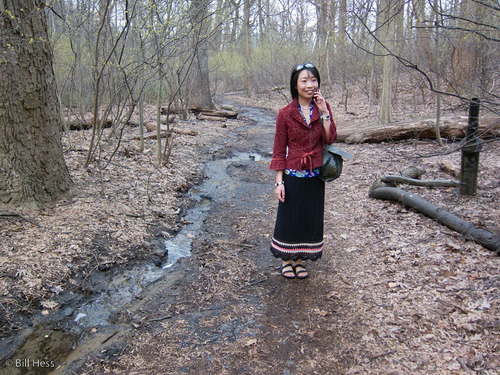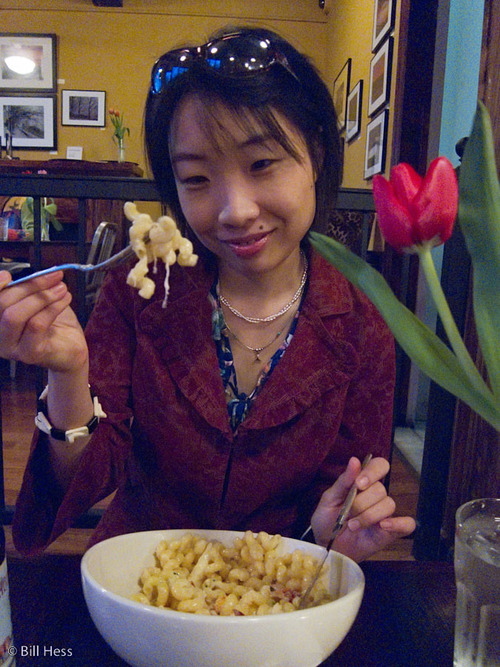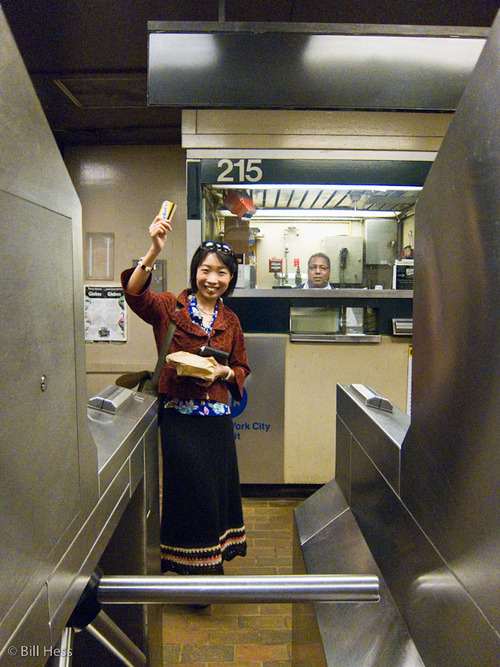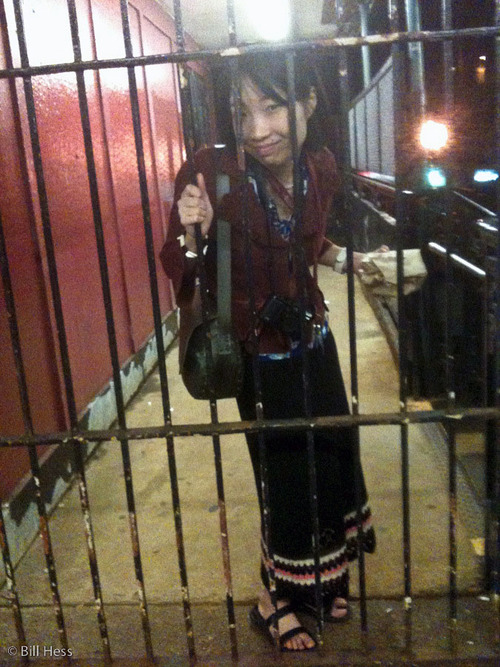Kivgiq 2011, part 9: Chie Sakakibara of Japan, beloved in the Arctic, and Ernest Nageak become ravens in Barrow
 Friday, March 11, 2011 at 12:51PM
Friday, March 11, 2011 at 12:51PM 
I am continually amazed at the coincidences that occur in my life. Early this morning, a bit after midnight, I was still working on my first edit of my Kivgiq pictures. Finally, I reached the first frames of the Grand Finale and I thought, "it is time to take a break."
So I decided that I would go into the house, get a glass of water and then come back to my desk. I also decided that before I began to edit more pictures, I would take a couple of minutes and send a message to my friend, Dr. Chie Sakakibara, because I hadn't sent one for awhile and I wanted to be sure she knew that she continued to occupy a place in that portion of my brain that is devoted to kind thoughts.
When I stepped into the house, I found Margie watching the TV in horror and amazement. So I looked at the TV, too. There, I saw what probably all readers have repeatedly seen by now - a horrible tsunami, rushing across the Japanese countryside - smashing, destroying, killing, sweeping cars, houses, buildings, animals and presumably people away as though they were tiny toys.
My mind, of course, immediately focused on Chie. I knew she would be safe - she was in Oklahoma. I reasoned that her family and her dog, Poochie, in Japan would also be safe but I had no way to know for certain.*
So I got my water, watched the TV for awhile, then came back here to my office and computer, pulled up her Facebook page, dropped in a public comment of hope, and then sent her a private message.
As anyone who knows Chie would suspect, many people were sending her comments of encouragement and prayer - and most of those messages were coming from Arctic Alaska.
This is because Chie is well loved in the Arctic.
I think just about everybody who knows Chie loves Chie - and that includes me. And I do not use the word "love" lightly, as it is so often used.
I mean "love," in that people care about and cherish her. Especially Iñupiat people, whom she has embraced and with whom, working with Dr. Aaron Fox of Columbia University, she has helped to repatriate many Iñupiaq songs that had been recorded in the 1940's but then lost.
Chie was at Kivgiq, where I caught her in this photo just as she reached the end of a invitational "fun dance" with the Nuvugmiut Dancers of Point Barrow.

After Doctors Fox and Sakakibara repatriated the songs to Barrow, the dance groups there all took great interest in them - and some performers were so inspired that they formed a new group, the Taġiuġmiut Dancers.
The singers, drummers and dancers of Suurimaaŋitchuat also incorporated many of the repatriated songs into their performances. Suurimaaŋitchuat also loves to put on the Raven Dance, which originated in Alaska, migrated to Russia, and then faded away here.
After the ice curtain melted in the late 1980's, there was a great reunion of the Inuit peoples of Alaska and Russia and the Russians returned the Raven Dance to Alaska, where it has been enthusiastically performed ever since.
On the final night of Kivgiq, as Suurimaaŋitchuat prepared to again perform the Raven Dance, Ernest Nageak was looking for his dance partner but could not find her.
Someone shouted, "Get Chie!"
So he did. And Chie, who had not expected nor prepared for such a responsibility, put her camera down on the floor and joined Ernest. Chie, btw, is an excellent photographer - I would not say it if it were not so.
Here they are, Chie and Ernest, about to become ravens. Chie studies Ernest's movements even as she dances with him.

Ernest flaps his raven wings. Chie flaps her raven wings.

Ernest takes a charming little raven hop...

Chie takes a charming little raven hop...

Oh, how these ravens danced!

...and danced...

...and danced...

...they flapped their wings... they strutted...

...they checked each other out...

...it was not the first time Chie had ever danced as a raven...

...it was the second...
"The day before, Mattie Jo Ahgeak danced the same raven dance with me, so I knew the movements and development a little better when I danced with Ernest," she explained to me on Facebook this morning.
"When I danced, the joy and excitement overrode my shyness and Japanese politeness. I was simply happy to have become part of the circle of music, friendship, and generous sharing of bounty - including the strong tradition of Inupiaq expressive culture - based on beautiful subsistence and human relations."
Chie saw someone sitting at the front of the crowd, smiling big at her, taking her picture repeatedly. She decided to go tease him.

It was Roy Nageak, Ernest's father.
"He's my favorite Inupiaq man and whaling captain. Also, he's my godfather. He gave me my first Eskimo name, Kuninga. He was also smiling so happily as he kept shooting our photos as we danced ... I could not leave him alone on the floor! I was hoping he would dance with us, but oh well, the time was too short."

"In Inupiaq culture, I particularly love their strong belief in sharing based on traditional human-animal relations," Chie Facebook messaged me
"I am fascinated with various ways in which reverence towards people, animals, and places is woven into the acts of singing, dancing, and drumming. Drumming unifies the minds and bodies of the people and the whales (sometimes caribous and other creatures), and singing and dancing enhance interpersonal/intertribal relations. I see that music is a basis of Inupiaq cultural resilience and sustainability."

Dr. Chie Sakakibara - the Raven - whose homeland has today been hit hard by an 8.9 earthquake and a devastating tsunami.

"Invitations to join the dancers by Ernest and Mattie Jo almost made me cry with joy," Chie told me. "This is my 7th year for my arctic research, and it feels like I literally grew up with them as a person (although I am 10 years older than Ernest).
"I love the Inupiat, and they love me so dearly. I can never thank my adopted families enough for how generously they have incorporated me (and my friend, Aaron) into their whaling cycle and cultural fabric. Barrow is definitely my home now, and my heart will always be there no matter where I may move during the rest of my life.
"As the Inupiaq call themselves "People of the Whales," I now feel that I am also made of the bowhead (I still eat muktuk everyday that Julia Kaleak gave me last month). This is truly happy feeling. I am proud to be an adopted Inupiaq."
I had hoped to get some comments from Ernest as well, but I have been unable to reach him.
So, when it comes to his regard for Chie, I will let this closing picture speak for him.
WAIT!!!
I just heard that Mac ping that tells me a new email has come in. Let me go check...
...it's from Ernest! This is what he has to say:
"We always bring people out to dance the Raven dance with us - it's a crowd favorite. So I went out, asked a few people to join me dance and they said no. So I seen Chie so I went straight to her cause I knew she wouldn't say no!
"It was fun dancing with her - even if she didnt know the song. She went along with it and did great! She means a lot to me cause the family of PK13 (whaling crew) took her in on 2005 when she went to our whale and helped butcher and cooked until we were done!
"She is like my Aunty - that's what all us young people call her! Everyone loves her on the North Slope 'cause she's so nice and caring and has no negative thoughts towards people! I was thinking more about Japan just cause I know Chie and her family is there. She is like my family!"
*Chie posted this message about her family on Facebook:
"Thanks for your thoughts & prayers, my friends. It is certainly a very sad and difficult time for Japan, but thankfully my family is safe. My brother who lives in Tokyo described that the experience was "simply beyond words."
















